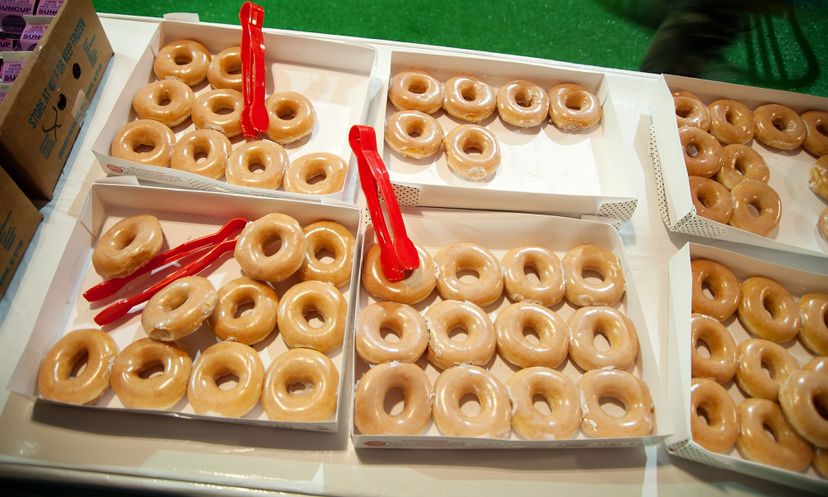
In the Southern United States, sweets fans have been scarfing down Krispy Kreme doughnuts for more than 50 years -- in many families, they're a weekly ritual! The rest of the country finally got a taste in the '90s, when Krispy Kreme launched new doughnut stores coast to coast, to much fanfare. The company's unique snacks have also crept into pop culture over the past few years, appearing in several TV shows and in dozens of national magazines. On top of that, Krispy Kreme has been making headlines in the financial world -- it was one of the best performing initial public offering stocks in 2000.
Thanks
Special thanks to Rick Norman, Daryl Silver and the Raleigh Krispy Kreme crew for helping us out with this article (and for all the free doughnuts!).
All this, as well as some grumbling stomachs, seemed like a good excuse to stop by our local Krispy Kreme for a peek behind the scenes. In this article, we'll see how the Raleigh, N.C., "factory store" transforms raw ingredients into Krispy Kreme's signature doughnut, the "original glazed." We'll also see how the store's doughnut-makers get chocolate filling in the middle of doughnuts, and find out a little bit about Krispy Kreme's distribution structure.
Advertisement






















